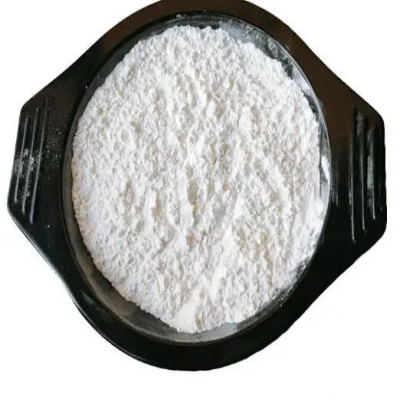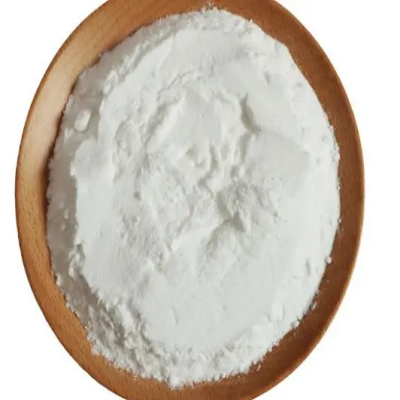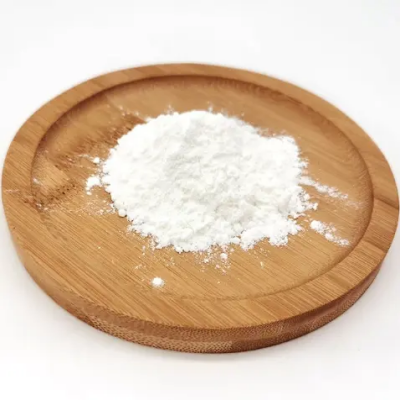boron trifluoride-phenol complex (1:2) CAS:462-05-5
Boron trifluoride-phenol complex (1:2) has several applications due to its unique properties. Here are some key uses of this compound: Catalysis: BF3·2C6H5OH is widely used as a Lewis acid catalyst in organic synthesis reactions. It can activate and facilitate various transformations, including Friedel-Crafts acylation, epoxide ring-opening, and esterification reactions. The presence of the boron trifluoride moiety enhances the reactivity and selectivity of these reactions, making it a valuable tool in synthetic chemistry. Friedel-Crafts Acylation: This complex is commonly used as a catalyst in Friedel-Crafts acylation reactions. These reactions involve the addition of an acyl group to an aromatic compound, resulting in the formation of ketones. BF3·2C6H5OH enhances the electrophilicity of the acylating agent, facilitating the reaction and providing control over regioselectivity. Epoxide Ring-Opening: Boron trifluoride-phenol complex is utilized as a catalyst in epoxide ring-opening reactions. These reactions involve the cleavage of the epoxy ring in epoxides, leading to the formation of new functional groups. BF3·2C6H5OH aids in promoting the reaction by increasing the nucleophilicity of the phenolic oxygen, facilitating the ring-opening process. Esterification: BF3·2C6H5OH finds use as a catalyst in esterification reactions. It promotes the conversion of carboxylic acids and alcohols into esters, which are important compounds used in various industries, including fragrance and flavor production. The complex facilitates the reaction by increasing the electrophilicity of the carbonyl group, thereby facilitating the nucleophilic attack of the alcohol on the acid. Chemical Synthesis: This complex is employed in the synthesis of various organic compounds, including pharmaceutical intermediates, specialty chemicals, and agrochemicals. BF3·2C6H5OH aids in controlling reaction pathways, increasing yields, and improving the efficiency of the synthesis processes. Solvent and Solvation Agent: The phenol component of the complex acts as a solvent and solvation agent. It can dissolve polar and nonpolar compounds, making it useful in various chemical reactions, extractions, and chromatography techniques. The ability to solvate both organic and inorganic substances makes boron trifluoride-phenol complex (1:2) a versatile choice in chemical research and analysis. It is important to handle boron trifluoride-phenol complex (1:2) or any chemical compound with proper safety precautions. This includes wearing appropriate protective equipment, working in a well-ventilated area, and following all relevant safety guidelines and regulations.



| Composition | C6H6BF3O |
| Assay | 99% |
| Appearance | white powder |
| CAS No. | 462-05-5 |
| Packing | Small and bulk |
| Shelf Life | 2 years |
| Storage | Store in cool and dry area |
| Certification | ISO. |




![3-CHLOROMETHYL-1-METHYL-1H-[1,2,4]TRIAZOLE CAS:135206-76-7](https://cdn.globalso.com/xindaobiotech/3J2X34TVMPYG9BHK7IO6313.png)




